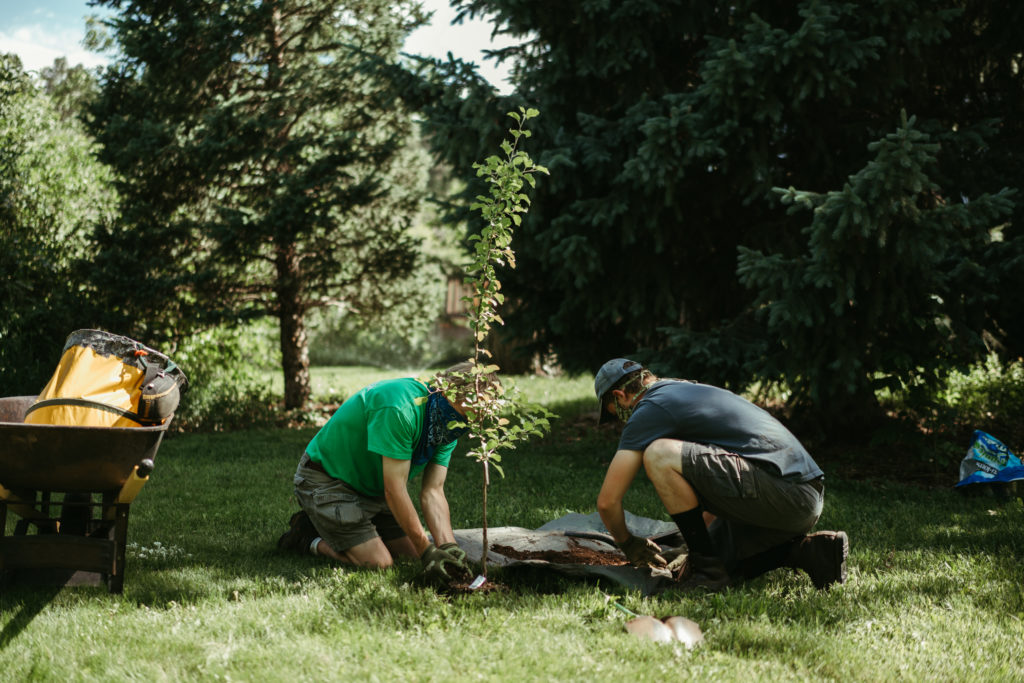WATERWISE GARDENING
HINTS ON WATER CONSERVATION FROM CHAUTAUQUA HORTICULTURIST, JEFF RUMP
-Prior to watering, probe your soil with a weed digger or an old screwdriver. If you can penetrate the soil easily, you may not need to water.
-If you are checking an individual plant for moisture, probe into the soil one-half inch to one- and one-half inch with your fingers and gather some soil in your hand and squeeze it. If it crumbles, you may need to water. If it forms a nice ball with no water squeezing out of the ball the plant is probably okay for a little while longer. Be careful not to over-water. (Many plants languish and die or become susceptible to disease and insects due to over-watering).
-Try and water in the morning. Watering at night can encourage disease and insects. The morning watering is less prone to evaporation and allows the plants to dry before nightfall.
-If a plant or lawn is under heat/drought stress, provide some moisture immediately no matter the time of day. Waiting could result in the death of the plant or the continued stress could make it more susceptible to disease and or insects.
-Most soils can only absorb a small amount of water at a time. Especially if they are dry prior to watering. Try cycling your irrigation by providing no more than a couple of tenths of an inch per cycle. This means probably no more than 10 to 15 minutes maximum per zone per cycle. Invest in an inexpensive rain gauge or two or three to help you determine how much water each zone or watering apparatus is providing per cycle then adjust accordingly. (Repurposed old tuna cans would do nicely as well).
-Leave your rain gauges out and check them frequently. Sometimes a rainstorm will move through and provide you with a few tenths and then it will clear off. You might arrive home thinking you need to water – and you might – however, you may be able to reduce or even skip a watering based upon what Mother Nature has already gifted you. Adjust your watering accordingly. The water savings can be substantial.
-Keep track of rainfall and your watering. Too much water can cause plants and or lawns to succumb to a multitude of other problems. (Many plants and lawns languish or become prone to disease and insects and sometimes die because of over-watering).
-Pay close attention to the weather forecast to help gauge what your plants and lawns will require. You might be able to hold off or reduce the amount of watering if the forecast believes the chance of moisture and/or cooler conditions is quite high.
-If the forecast calls for cloudy conditions with very little moisture, this is an excellent time to water because you lose very little moisture to evaporation.
-If you are fortunate enough to have an automatic irrigation system, be sure to visit and make timing alterations based on rainfall, temperature and the ten-day forecast. Do not set it and leave it that way all season long. Following a rain or in cooler conditions, you might even be able to just turn it off for a day or two (or three or more.) This can result in enormous water savings over the course of a season.

